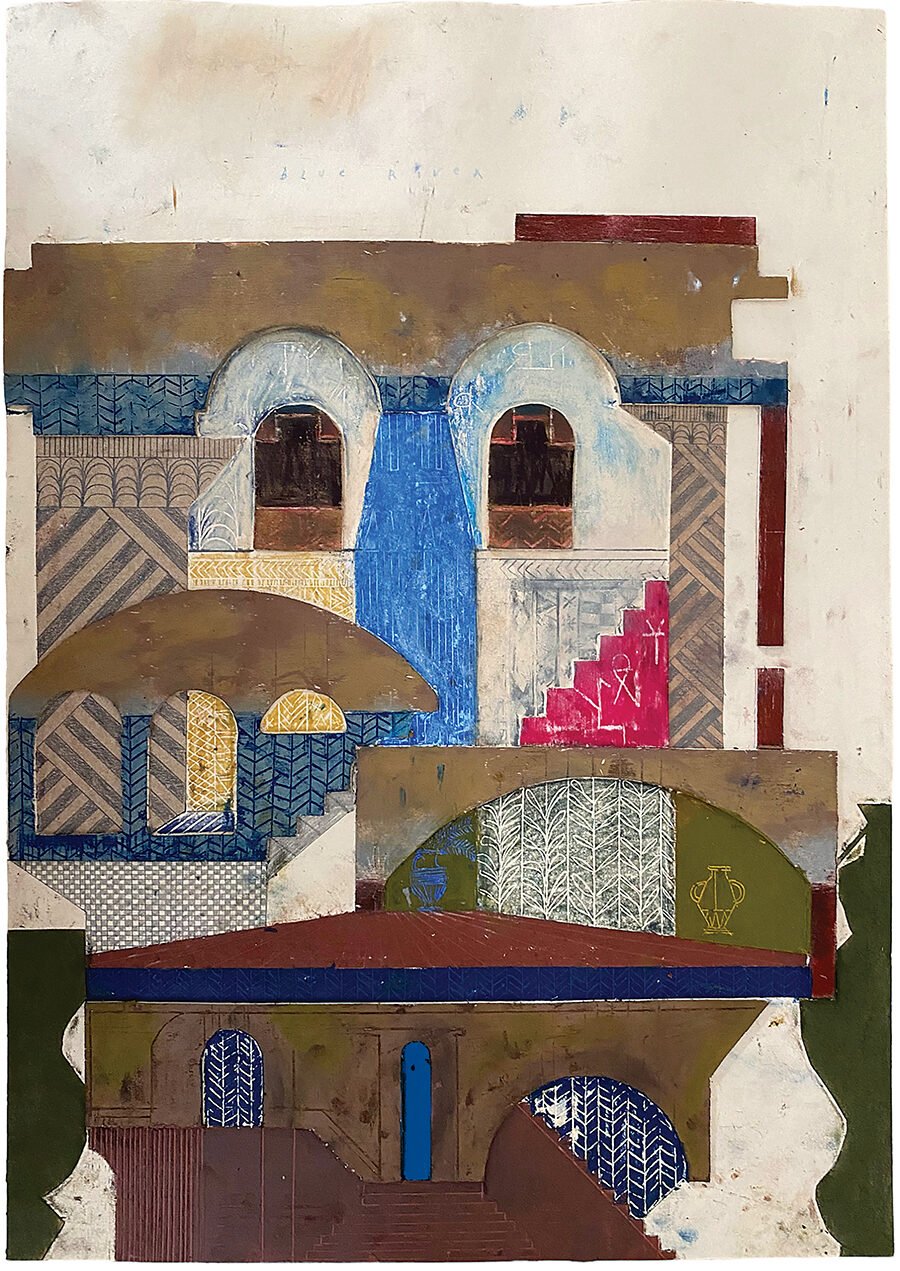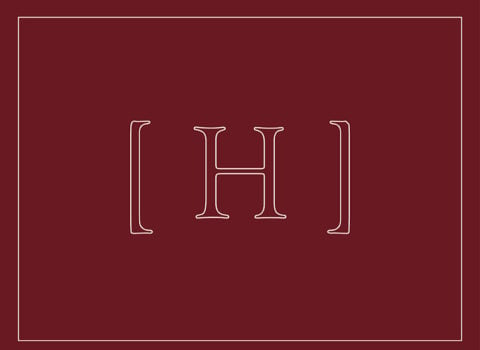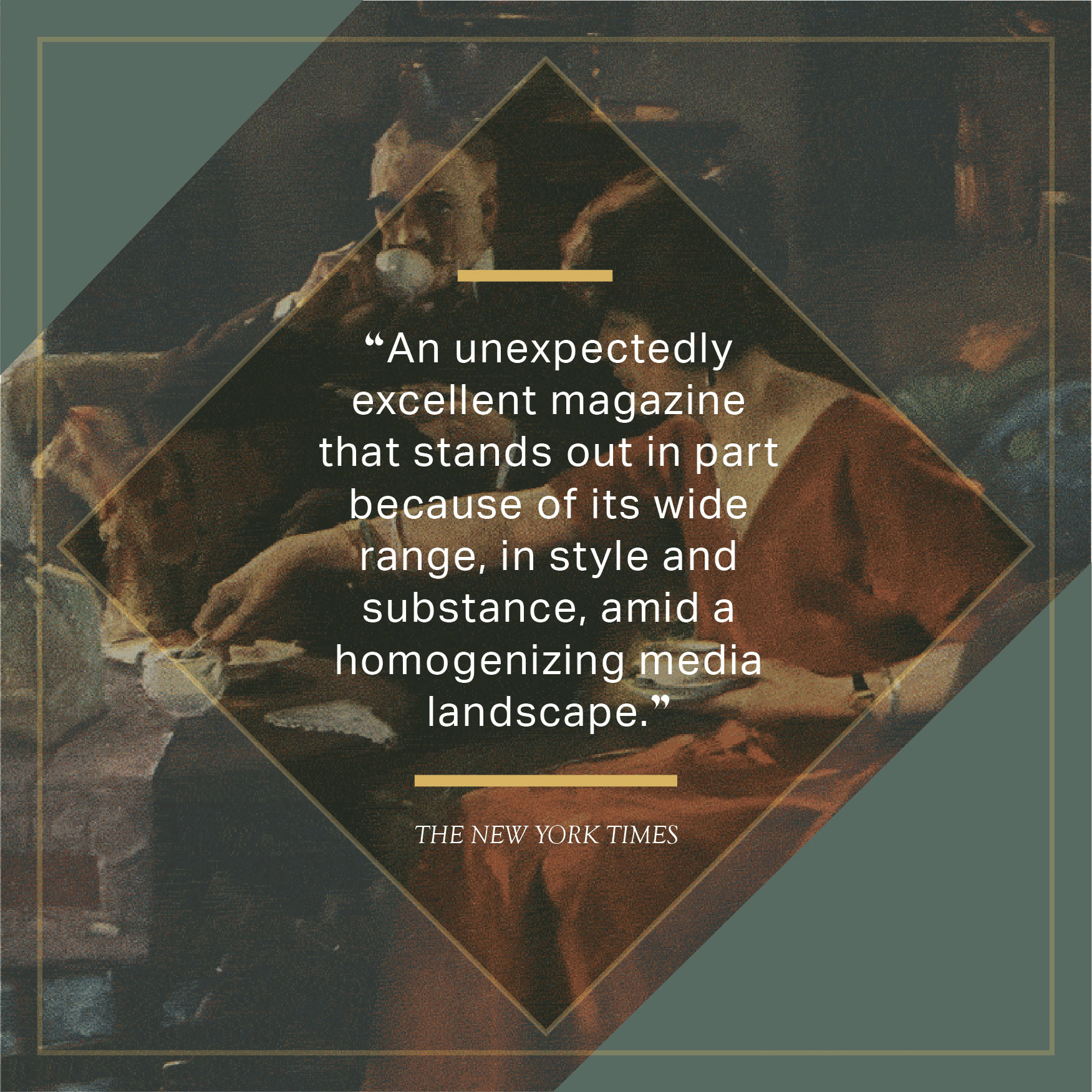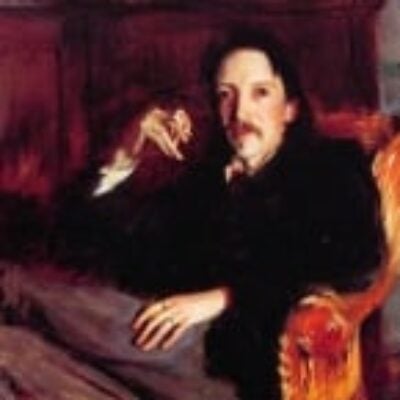
Blue River, by Abel Burger © The artist. Courtesy Brigade Gallery, Copenhagen, and private collection
The Conversion of the Jews
They lived in narrow streets and lanes obscure,
Ghetto and Judenstrass, in murk and mire;
Taught in the school of patience to endure
The life of anguish and the death of fire. . . .
Pride and humiliation hand in hand
Walked with them through the world where’er they went;
Trampled and beaten were they as the sand,
And yet unshaken as the continent.
—Henry Wadsworth Longfellow, “The Jewish Cemetery at Newport”
In the summer of 1933, while traveling in a tour bus through the Judean desert, Solomon Adelberg, twenty-four years old, disembarked,…























































































